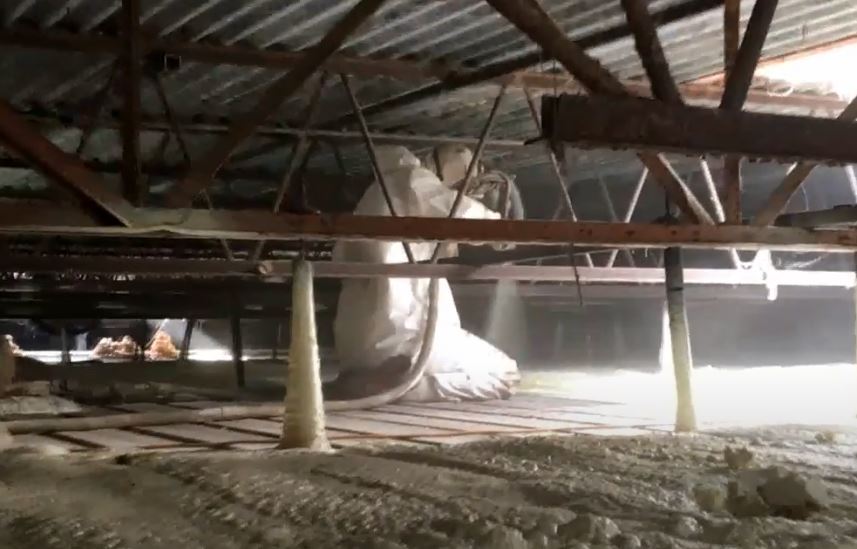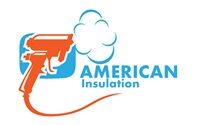The Importance of a Well-Insulated Crawl Space
A well-insulated crawl space is essential for maintaining a comfortable and energy-efficient home. Without proper insulation, cold air can seep into your crawl space during the winter months, causing your floors to feel chilly and making it harder for your heating system to keep up. Additionally, heat from inside your home can escape through an uninsulated crawl space, leading to higher energy bills. By insulating your crawl space, you create a barrier that helps regulate temperature and prevents unwanted drafts.
Not only does insulation help with temperature control, but it also plays a crucial role in preventing moisture issues in your crawl space. Moisture can easily find its way into an unsealed or poorly insulated area, leading to mold growth and wood rot. This not only compromises the structural integrity of your home but also poses health risks for you and your family. A properly insulated crawl space acts as a moisture barrier by reducing condensation and preventing water intrusion.
Furthermore, investing in insulation for your crawl space can provide long-term savings on energy costs. With improved insulation, you reduce the strain on your heating and cooling systems as they won’t have to work as hard to maintain desired temperatures throughout the year. This means lower utility bills while still enjoying optimal comfort levels within your living spaces. Properly insulating this often overlooked area of the house ensures that every corner of your home contributes towards creating a more efficient environment overall without sacrificing comfort or quality of life.
Assessing Your Crawl Space for Potential Retreat Conversion
When considering converting your crawl space into a retreat, it is crucial to assess the space thoroughly. Start by examining the condition of the crawl space itself. Look for any signs of moisture or water damage, as these issues can compromise the integrity of your conversion project. Additionally, check for any structural problems such as sagging beams or cracks in the foundation that may need to be addressed before proceeding.
Next, evaluate the accessibility and size of your crawl space. Consider whether there is enough headroom to comfortably move around and if it can accommodate the desired layout for your retreat. Take note of any obstacles such as pipes or ductwork that may need to be relocated or incorporated into your design plans.
Lastly, consider factors such as insulation and ventilation. Insulation is essential for maintaining a comfortable temperature within your retreat and preventing energy loss. Evaluate the current insulation in your crawl space and determine if additional measures are needed to ensure optimal thermal efficiency.
Overall, assessing your crawl space thoroughly before converting it into a retreat will help you identify potential challenges and make informed decisions throughout the process. By addressing any existing issues and planning accordingly, you can create a functional and enjoyable living space out of what was once an underutilized area beneath your home.

Steps to Prepare Your Crawl Space for Conversion
To prepare your crawl space for conversion into a usable living area, there are several important steps to take. First, it is crucial to address any existing moisture issues in the space. Moisture can lead to mold and mildew growth, which can be harmful to both your health and the structural integrity of your home. Install a vapor barrier on the ground and walls of the crawl space to prevent moisture from seeping through.
Next, assess the insulation needs of your crawl space. Proper insulation is essential for maintaining a comfortable temperature in the converted area and preventing energy loss. Consider using rigid foam insulation boards or spray foam insulation for maximum effectiveness. Insulate not only the walls but also the ceiling of the crawl space to create an effective thermal envelope.
Additionally, ensure proper ventilation in your newly converted crawl space retreat. Good ventilation helps control humidity levels and prevents stagnant air that could lead to unpleasant odors or poor indoor air quality. Install vents or fans strategically throughout the space to promote air circulation.
By following these steps, you will be well on your way towards preparing your crawl space for conversion into a functional living area that adds value and comfort to your home without compromising its structural integrity or indoor air quality.
Choosing the Right Insulation Materials for Your Crawl Space Retreat
When it comes to choosing the right insulation materials for your crawl space retreat, there are a few factors to consider. First and foremost, you need to ensure that the materials you choose have a high R-value. This value represents the material’s ability to resist heat flow, so the higher the R-value, the better it will insulate your crawl space.
Another important consideration is moisture resistance. Since crawl spaces are prone to dampness and humidity, it’s crucial to select insulation materials that can withstand these conditions without becoming damaged or promoting mold growth. Look for options such as closed-cell spray foam or rigid foam board insulation, which offer excellent moisture resistance.
Additionally, durability should be taken into account when selecting insulation materials for your crawl space retreat. The chosen materials should be able to withstand any potential wear and tear over time without losing their effectiveness. Fiberglass batts or mineral wool are commonly used due to their long-lasting properties.
By carefully considering factors such as R-value, moisture resistance, and durability when choosing insulation materials for your crawl space retreat, you can create an environment that is comfortable and energy-efficient while protecting against potential issues like mold growth or structural damage caused by excess moisture in this area of your home.
Ensuring Proper Ventilation in Your Crawl Space
When it comes to ensuring proper ventilation in your crawl space, there are a few key factors to consider. Firstly, it is important to understand that adequate airflow is crucial for preventing moisture buildup and reducing the risk of mold and mildew growth. Without proper ventilation, your crawl space can become a breeding ground for these harmful substances.
One way to ensure proper ventilation is by installing vents or fans in your crawl space. These can help circulate air and prevent stagnant conditions that promote moisture accumulation. It is recommended to have at least one vent or fan per 150 square feet of crawl space area.
Additionally, you should also consider sealing any cracks or gaps in the walls or foundation of your crawl space. This will help prevent outside air from entering and causing temperature fluctuations that could lead to condensation. By maintaining a consistent temperature inside the crawl space, you can further reduce the risk of moisture-related issues.
Remember, ensuring proper ventilation in your crawl space goes hand in hand with other measures such as insulation and moisture control. By addressing all these aspects together, you can create a healthier environment within your home while also protecting its structural integrity.
